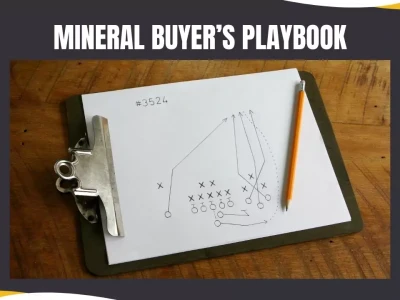Veracio: AI-based technologies are transforming the analysis of mineral deposits
With renewed boost, mining exploration is advancing in Latin America, driven primarily by the demand for minerals necessary for the global energy transition, such as copper and lithium.
Peru, for example, expects to double its exploration project portfolio, increasing from 75 to 150 projects in the coming years, largely due to its geological potential and the interest of international mining companies.
Chile, in turn, attracts almost 25% of the total exploration budget in the region, with over 200 projects in development, mainly focused on copper and gold. According to data from the Mining Council, as of July 2024, there are 226 mining exploration projects in Chile, primarily from Canada (51%) and Australia (24%). Most of these initiatives are concentrated in the copper (53%), gold (26%), and lithium (11%) segments. Geographically, most of the prospects are in the northern part of the country, with a 91% concentration in the first five regions, including Atacama, Antofagasta, Coquimbo, Valparaíso, and Tarapacá.
But despite these auspicious figures, one of the current challenges facing mining in Latin America and worldwide in general is that drilling is getting deeper and deeper. For Felipe Bugueño, geoscientist at Veracio (a pioneer in AI and integrated geology solutions with science and OBK), a large amount of drilled material is currently being produced, whose geological and structural information is not being fully exploited or managed.
To address this problem, automation and AI are contributing to more efficient big data management. Experts agree that these technologies are impacting the exploration process, allowing companies to improve efficiency in detecting and analysing deposits, a phenomenon that is occurring particularly in countries such as Mexico, Brazil, and Argentina.
“The incorporation of artificial intelligence, in line with a reliable and robust data set to train models through machine learning, can provide accurate predictions about the type of rock in the sample and the hydrothermal alteration associated with it, as well as a structural characterisation of the drill cores. Additionally, the rapid delivery of this information to the geology team creates a synergy between the two and optimises the geological and geotechnical mapping process”, said the expert.
Bugueño emphasises that the almost real-time delivery of geochemical data associated with the drill cores has multiple impacts. One of the most significant is having a robust, consistent, and unbiased data set available quickly, allowing for informed decisions on whether to continue or modify drilling campaigns.
One of the technologies making a difference at this stage of mining exploration is TruScan, which positively impacts data management and governance by automating the information management chain, minimising errors associated with the different stages of current manual workflows.
“Additionally, it has a logistical and operational impact, as the rapid delivery of geochemistry through TruScan allows geology teams to select the samples that will be prepared and sent to the lab”, explained Felipe Bugueño.
Today, mining is making great strides toward greater data accuracy, where technology plays a crucial role in obtaining real-time information. Geologists are benefitting from these new solutions that allow them to manage their drilling campaigns in terms of time, logistics, and better operations, ensuring that Latin America remains a key region for mining exploration.
https://www.globalminingreview.com/










.j_s_thumb.webp)

